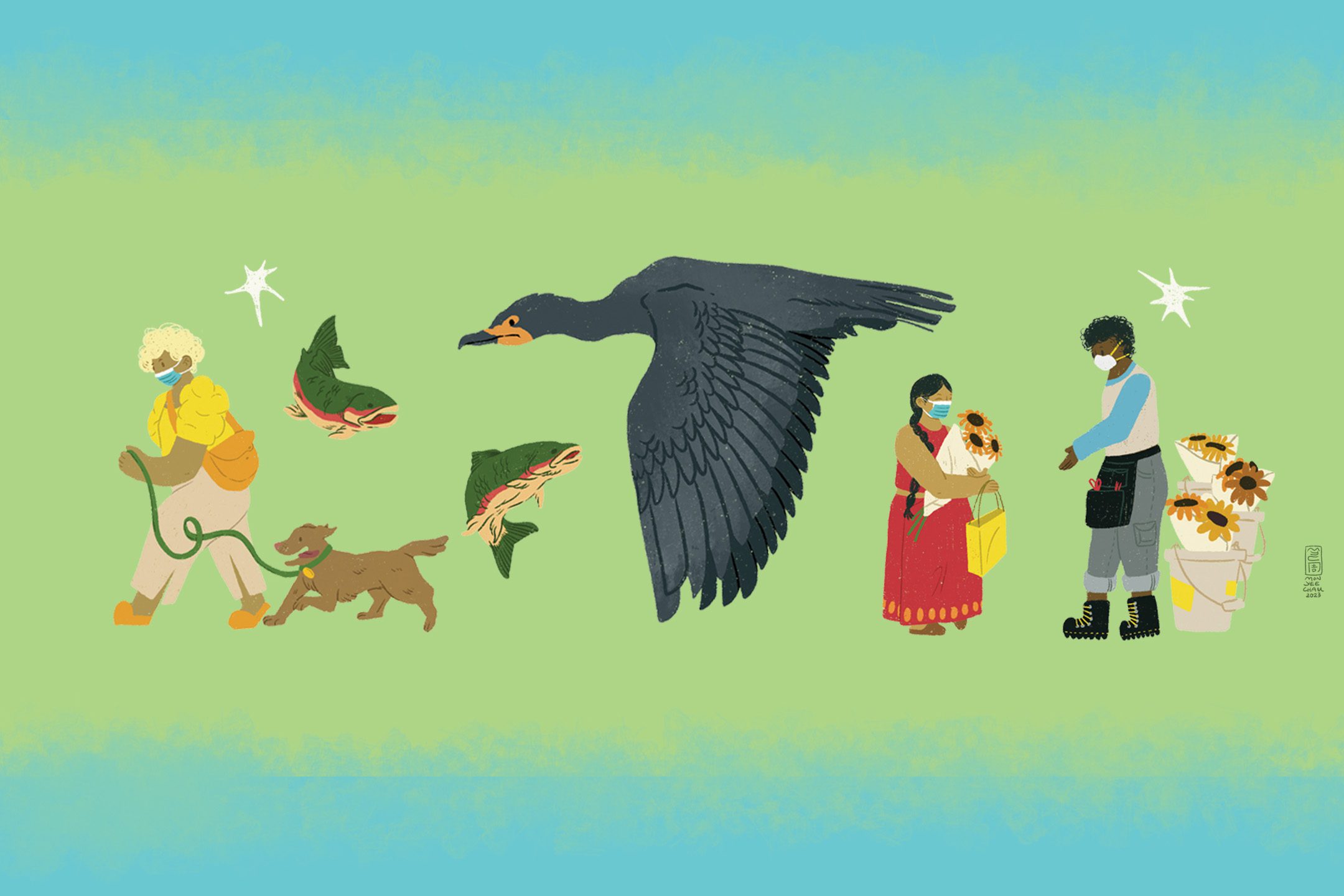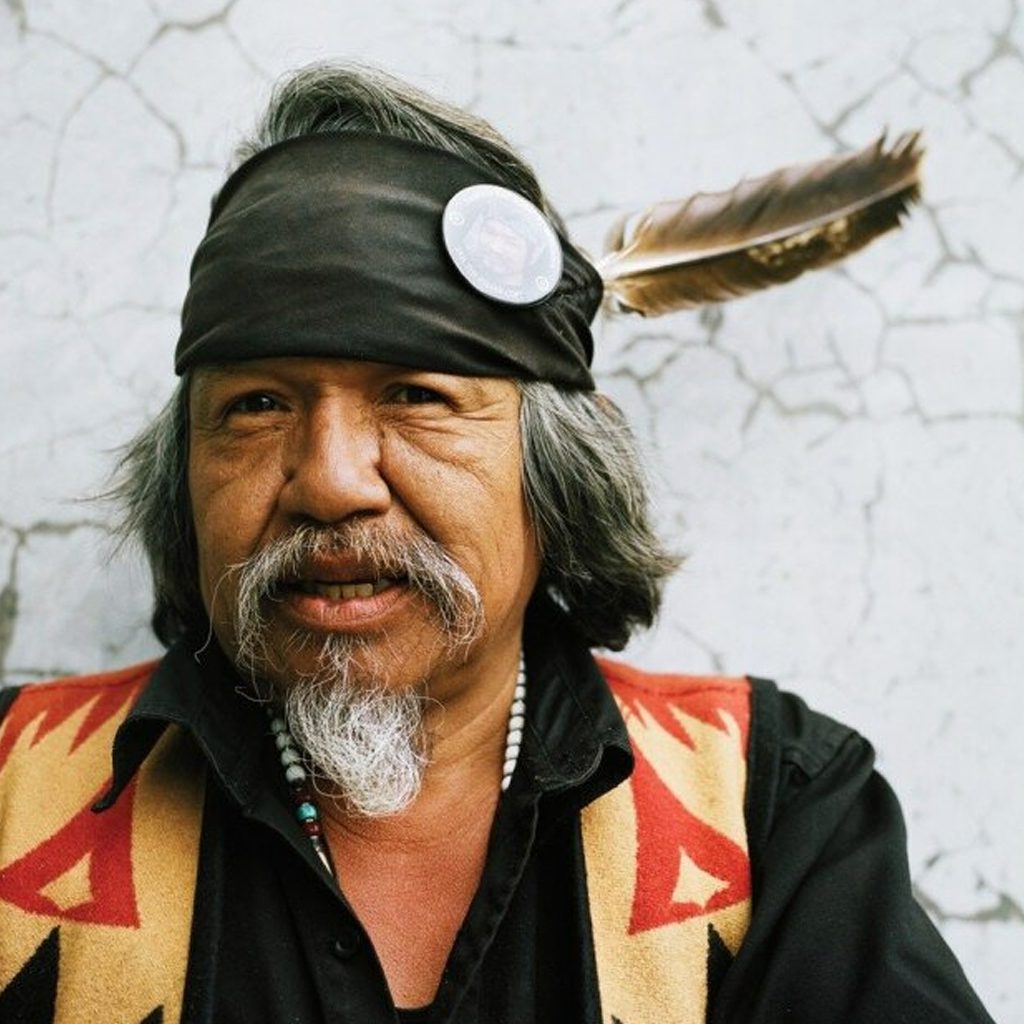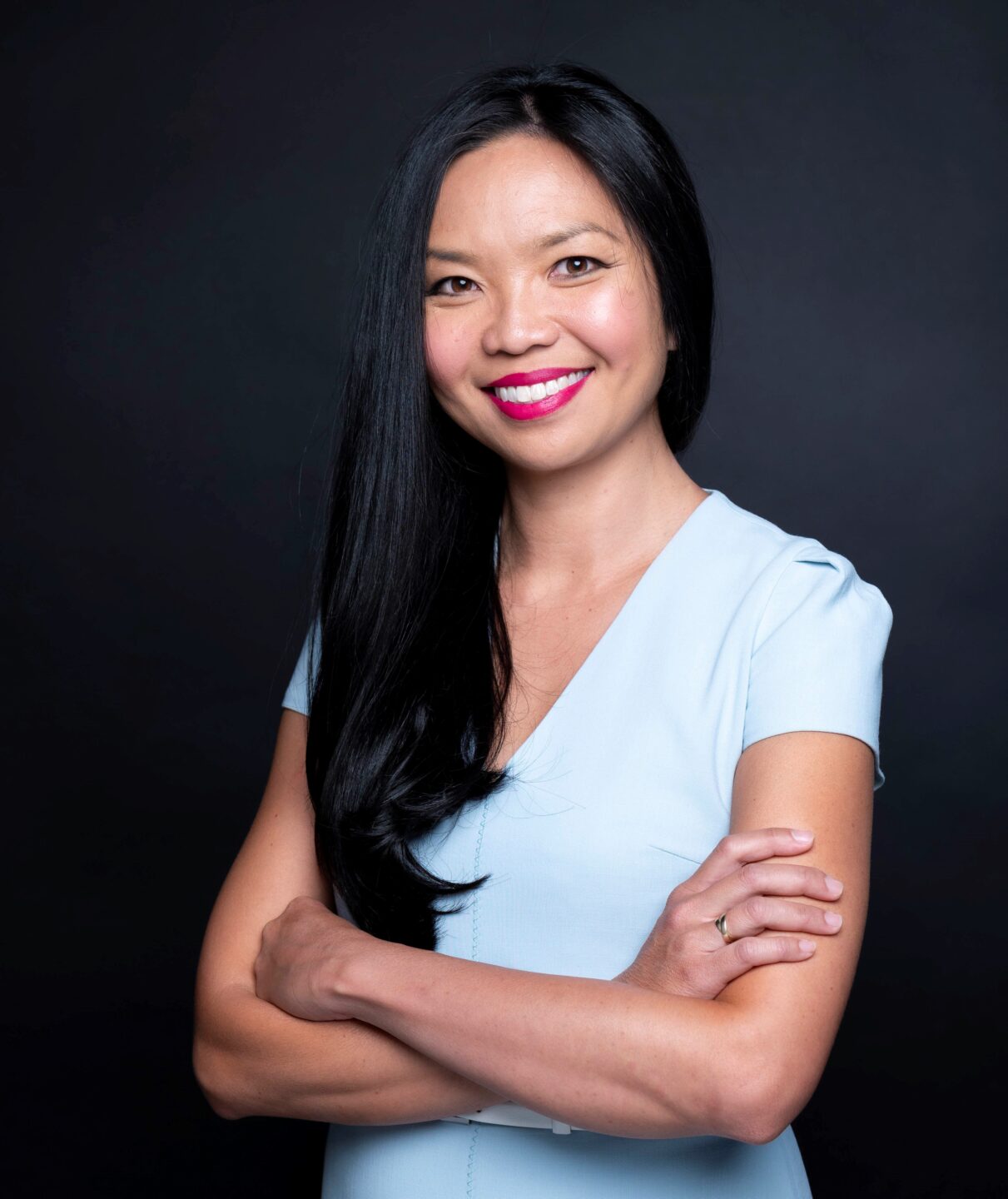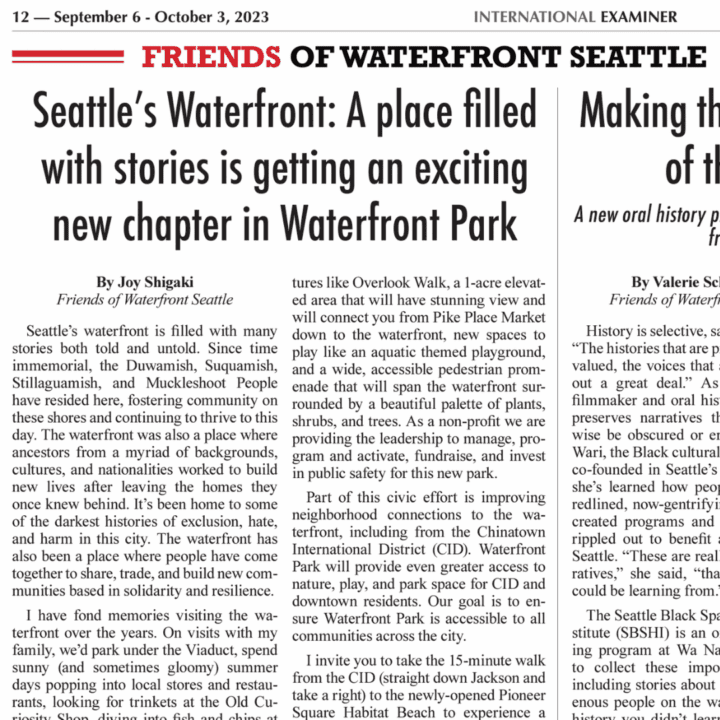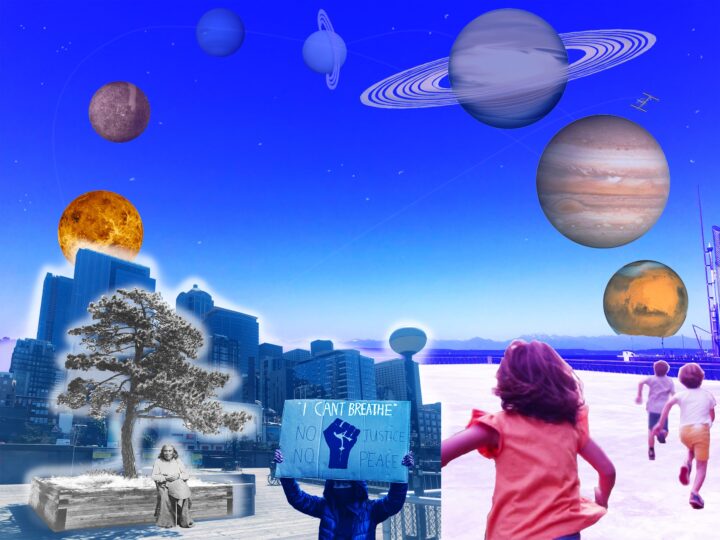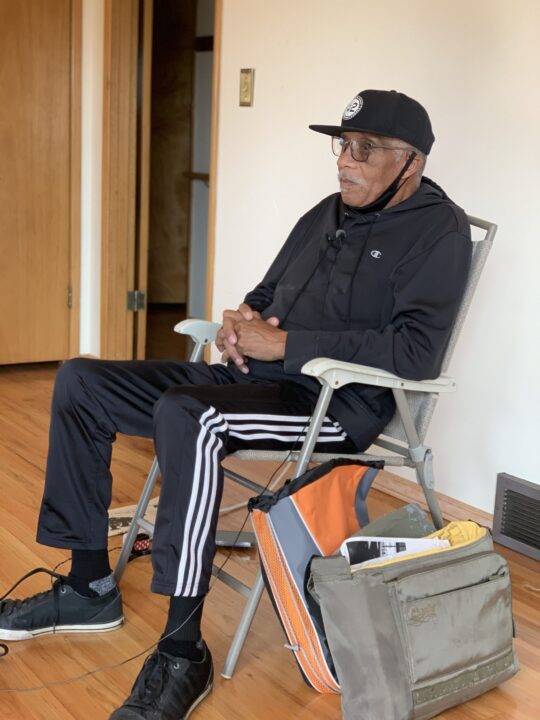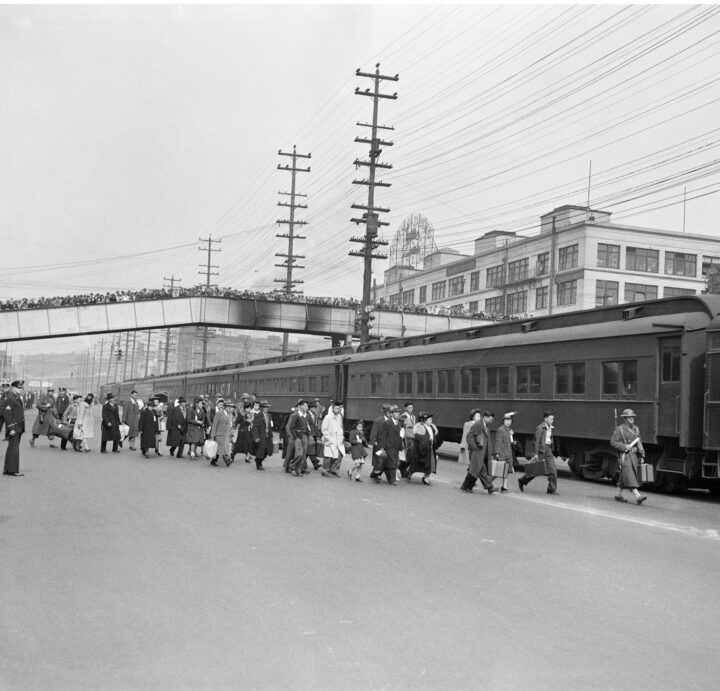Illustration by Monyee Chau.
Waterfront Histories: Indigenous Elder Stories
Elder stories shared to uplift and archive an important cultural community’s experiences and day-to-day life as Tribal members and citizens of Seattle
In 2021, the Friends of Waterfront Seattle Community Engagement team recorded the stories of Indigenous Elders who shared their experiences on Seattle’s waterfront. This work was done to uplift and archive an important cultural community’s experiences and day-to-day life as Tribal members and citizens of Seattle. Their experiences and perspectives are unique, but in their stories is wisdom and lessons that can be understood and internalized by all of us.
As part of the process to create a new permanent home for these videos and stories on our website, Friends of Waterfront Seattle worked with Pulling Together Committee 2023 Cohort members Gina Corpuz, Crystal Purcell, and Kerri Hill to provide additional insight from their lived experience as Indigenous Community members in the Puget Sound region.
Elder Bios
Charles "Chuck" Dryden (Suquamish)
Insights from Lived Experience:
During the Boldt Court decision “Fishing Wars” era, preserving tribal fishing rights was crucial. Families engaged in legal battles and letter writing campaigns. Education, obtaining fishing rights and access to hatcheries transformed diets from deep scarcity relying on rationed game meat to increased food and financial security with abundant fish access. Regrettably, our treaty rights, exchanging land for education, health, and beach rights to those lands, remain largely unknown to the public and some parties even aim to violently revoke our treaty rights. Oppressors stripping fishing rights aimed to weaken tribal communities and keep them dependent. Traditional foods sustained us and reduced vulnerability. Suquamish hospitality persevered. Reflecting on ancestral shores drives urgency to preserve species and the environment.
Storme Webber (Sugpiaq/Black/Choctaw)
Insights from Lived Experience:
The battle against white privilege emphasizes Indigenous self-identification and empowerment. Exploitation and greed transformed Seattle’s waterfront, impacting Indigenous access. Restorative Justice seeks to right wrongs and give a voice to the harmed–living, dead and our future generations. Stories of working class Indigenous individuals, including waterfront cannery workers, deserve recognition and preservation. Engaging with ancestors through prayer and drum songs is vital in reclaiming Seattle’s waterfront. Assimilation narratives and fear of family separation often led Indigenous people to hide, underscoring the need for cultural legitimacy and historical recognition. Water’s healing power reflects the compassion needed among people as we heal our communities. Acknowledging COVID-19’s toll on society and supporting Indigenous art in territorial spaces preserves reclaimed history and voices.
Rick Williams (Ditidaht)
Insights from Lived Experience:
The history of US Government actions against Indigenous people, including the Red Holocaust and policies like Executive Order 9022, Indian Residential Schools and slavery, highlight the importance of voting and addressing institutional and systemic racism. Racial and social justice issues intersect with environmental racism, affecting our cultural practices and spiritual traditions. Indigenous communities are here to stay, guided by the belief in planning for seven generations ahead. John, an iconic figure in waterfront parks and community, will always be remembered, emphasizing the power of oral tradition. Building trust and unity among Black, Indigenous, and people of color communities, as has been in coordinated motion since the early days of Seattle’s Civil Rights movement, is vital for driving positive change, passing down family skills, and inspiring younger generations to persevere and embrace their identities.
Ray Forsman (Suquamish)
Insights from Lived Experience:
Washington State acted as a police state, illegally targeting Indigenous fishermen while allowing white commercial fishermen access to our traditional fishing grounds, illustrating a clear form of anti-Indian racism. Rare federal intervention, notably by US Federal Marshals, was necessary to prevent illegal arrests by local jurisdictions. This State police harassment extended beyond fishing days, involving boat tampering and unwarranted arrests. Despite these extreme challenges, Indigenous communities formed strong bonds through resistance, especially among veterans who found camaraderie post-Vietnam War, highlighting our resilience and growth from those difficult times.
Marilyn Wandrey (Suquamish)
Insights from Lived Experience:
Indian place names hold a key to our heritage, helping us trace our roots, reserves, leadership and shared history. Speaking our original Coast Salish languages foster a sense of belonging. The shift from hereditary Chiefs to elected tribal councils and chairs varies among tribes. In the past, our people knew that when the tide was out that there would be food on the table. No one went hungry or had to beg for food. We lived in abundance and shared freely, but politics and environmental degradation have changed our ability to consistently provide for our families and communities. The Grand Canoe Journey symbolizes healing, unity, and preservation of traditions. Gender roles in canoe paddling have evolved, women and two spirit have more access to traditional male roles. Canning traditions and outdoor kitchens connect us with the foodways of our ancestors and elders. Embracing Indigenous ways in the modern world is a testament to our resilience and cultural continuity, fostering a bright future for our youth and future generations.
Jac Trautman (Duwamish) interviews Ken Workman (Duwamish)
Insights from Lived Experience:
Photography shapes public perception today, impacting Indigenous communities as Real Rent Duwamish donations empower sustainability pending legally embattled federal recognition. Lineage and tribal governmental structures have been used by the US government to unfairly determine tribal membership. The Grand Canoe Journey revives culture, health, waterway navigation, tribal community and connection with the environment. Indigenous photographers capture everyday life, dispelling exoticized stereotypes created by white photographers. The entirety of Seattle is our ancestral burial grounds and disruptions to the land are an ongoing trauma. The Duwamish tribe’s lack of federal recognition hinders opportunities such as access to education, healthcare and financial stability. Embracing the beauty of contemporary Indigenous life while honoring our responsibility to protect land, water, creatures and people remains a tradition passed down through generations.
